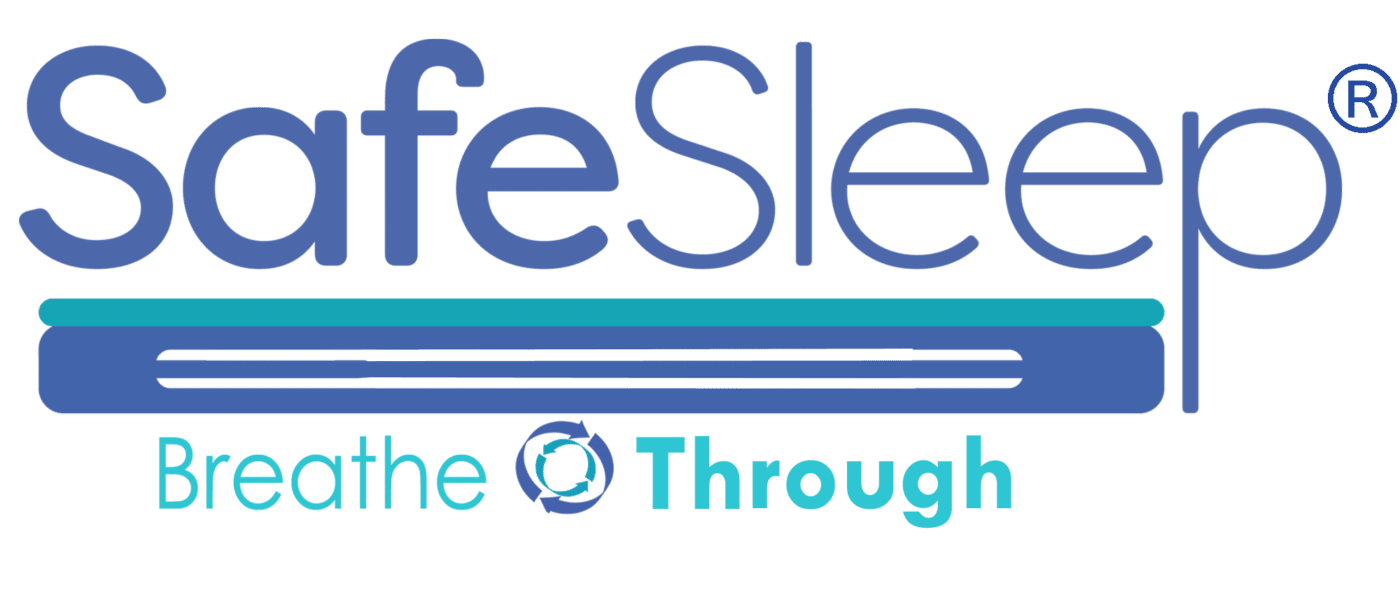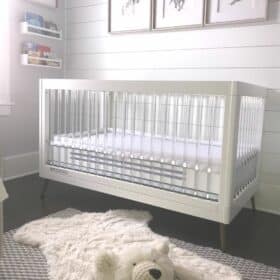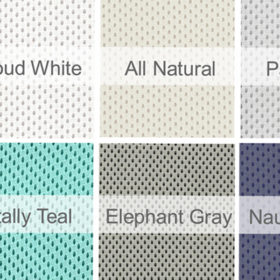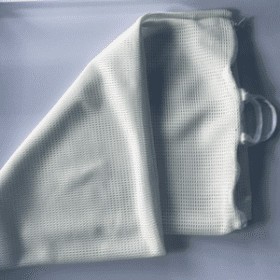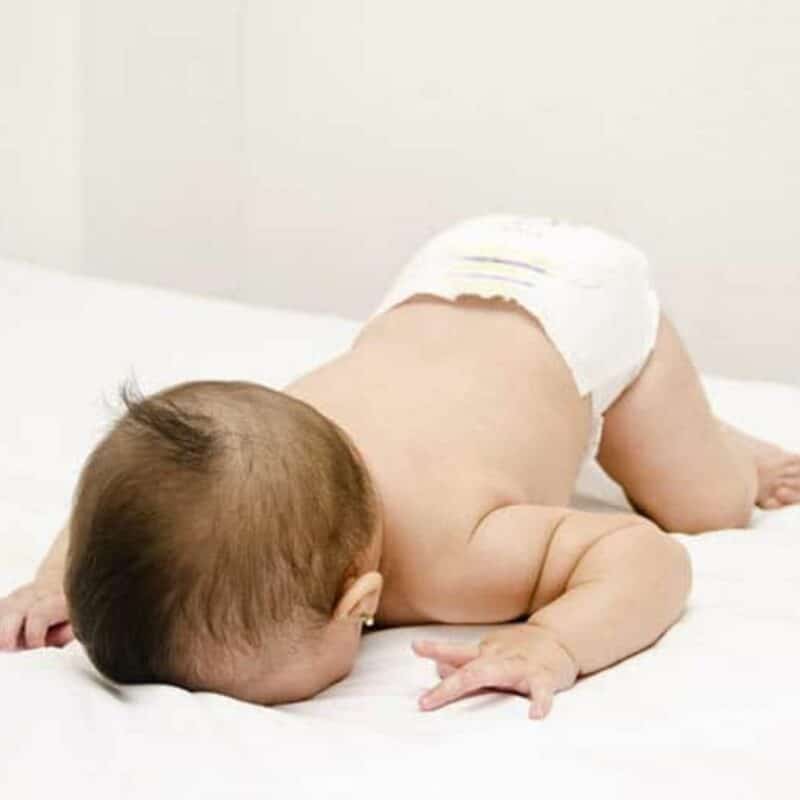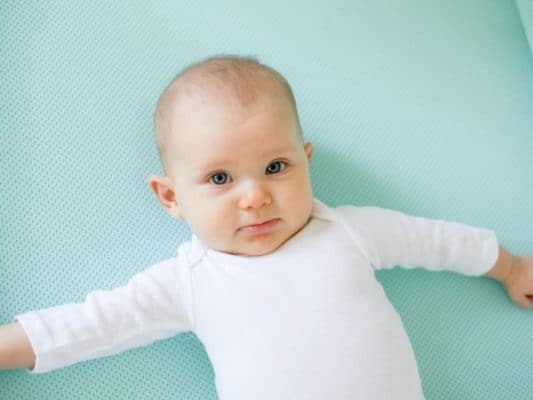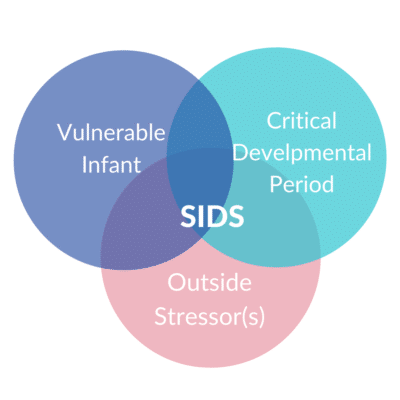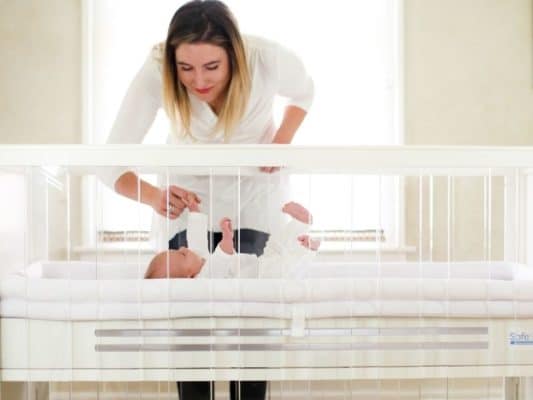No products in the cart.
Will a baby wake if they can’t breathe?
Most babies will wake if they can’t breathe. But some will not wake if they can’t breathe. The issue we face is, we don’t know which babies will wake and which ones will not.
The two main reasons infants stop breathing is airway obstruction and the other is carbon dioxide rebreathing.
Airway Obstruction
Airway obstruction occurs most often when an infant’s nose is obstructed. One example would be an infant sleeping on soft bedding that is blocking his nasal passages. Infants are obligate nose breathers. This means they breathe primarily through their nose. This usually changes at around six-months of age but will differ for all infants.
Carbon Dioxide Rebreathing
As adults, we have a trigger or a defense mechanism when we sleep that if our carbon dioxide rises, we wake up and turn our head on the side or we roll when we are rebreathing our exhaled air, we will turn your head to get oxygen.
It is believed that some infants do not have this trigger, and these infants will not wake if they can’t breathe. This is known as the “arousal defect.”
The arousal defect prevents some infants from waking up even when they’re not getting enough oxygen. It is believed these infants have low serotonin levels in the brain stem or high levels of serotonin in the blood.
There is currently no way to test babies for these serotonin levels until after death. Many SIDS infant’s have been shown to have low serotonin levels in the brain stem at death.
Dr. Hannah Kinney was the first to discover these findings. Her research has helped shed light on why seemingly normal babies do not wake if they can’t breathe.
It is believed that these vulnerable infants will not wake if they can’t breathe or respond (turn their heads) when they are rebreathing their exhaled air. If these infants continue to rebreathe their exhaled air, it will eventually suppress their need to breathe leading to hypoxia and eventually death.
These vulnerable infants do not wake if the are rebreathing, and instead sleep quietly through their last breath. SIDS is a silent killer.
American Academy of Pediatrics Safe Sleep Task Force Recommendations
In 2011, the American Academy of Pediatrics Task Force on SIDS decided to expand the safe sleep recommendations to include recommendations to reduce the risk of rebreathing and other sleep related infant deaths. As noted in the policy statement,
“It is unknown whether the nonsupine (tummy) position by itself increases the risk of suffocation, and we have therefore not included suffocation as a rationale for supine sleeping in either the Policy Statement or the Technical Report. Moreover, the similarity noted in risk factors should not be construed as implying that SIDS is caused by suffocation.
Indeed, they are two separate entities. Unfortunately, at this time, there is no unique cellular pathology or biological markers that enables medical examiners, coroners, or pathologists to differentiate SIDS from suffocation deaths.
Consequently, a determination of the cause of death must be made in the absence of this information.”
Current Recommendations and Carbon Dioxide Rebreathing
If you look at the current safe sleep recommendations published by the AAP Safe Sleep Task Force, you will notice most of the recommendations center on eliminating the risk of an infant rebreathing carbon dioxide. These recommendations are based on years of studying why some babies don’t wake if they can’t breathe. These recommendations include:
- Supine sleep position: “The prone or side sleep position can increase the risk of rebreathing expired gases, resulting in hypercapnia and hypoxia.”
- Room-Sharing Without Bed-Sharing Is Recommended: “Bed-sharing might increase the risk of overheating, rebreathing or airway obstruction, head covering, and exposure to tobacco smoke, which are all risk factors for SIDS.”
- It Is Prudent to Provide Separate Sleep Areas and Avoid Cobedding for Twins and Higher-Order Multiples in the Hospital and at Home: “Furthermore, there is increased potential for overheating and rebreathing while cobedding, and size discordance might increase the risk of accidental suffocation.”
- Pillows, Quilts, Comforters, Sheepskins, and Other Soft Surfaces Are Hazardous When Placed Under the Infant or Loose in the Sleep Environment: “However, such soft bedding can increase the potential of suffocation and rebreathing.”
- Avoid Overheating and Head Covering in Infants: “It is not known whether the risk associated with head covering is attributable to overheating, hypoxia, or rebreathing.”
What Can Parent do to Avoid the Buildup of Carbon Dioxide in Their Infant’s Crib?
Dr. James Kemp and colleagues were some of the first to study the potential for various sleep surfaces to prevent infant rebreathing. In one study of five different infant sleep products claiming to reduce the risk of carbon dioxide rebreathing along with a firm crib mattress with a tight fitting sheet – currently recommended by the American Academy of Pediatrics (AAP) for safe infant sleep.
Kemp and colleagues found the firm mattress and four of the five surfaces designed to prevent rebreathing of carbon dioxide consistently allowed lethal rebreathing of carbon dioxide. According to Kemp, “Only one product—an air-permeable crib mattress—was able to maintain carbon dioxide levels below this threshold.”
The authors go on to say that “even firm crib mattresses could pose a rebreathing threat when vulnerable infants sleep prone.”
Additional studies show that unaccustomed prone sleepers, including infants who are placed supine and roll prone have an increased risk of SIDS (O’Hoir 1998 and Mitchell EA 1999). These studies and others have shown that nearly half of SIDS victims unaccustomed to prone sleep, were discovered in the face-straight-down position.
Many of these infants were found on a firm mattress. Dr. Kemp’s data supports that if vulnerable infants were placed on an air permeable surface, they would experience less risk of rebreathing should they inadvertently roll prone (to their tummy).
About Air-Permeable/Breathe-Through Crib Mattresses
Until we can identify which babies will wake if they can’t breathe, and which babies will not wake if they can’t breathe, your best defense is an air- permeable/breathe-through crib mattress that does not allow harmful carbon dioxide to accumulate.
SafeSleep® is the first company to design a market successful, air-permeable crib mattress that eliminates carbon dioxide retention in response to infants who don’t wake if they can’t breathe. The SafeSleep® was developed by professionals, including a leading pediatrician, who were personally impacted by the loss of a loved one who had rolled in the middle of the night.
The creators of the SafeSleep® created a crib mattress that eliminates carbon dioxide retention at a faster rate than and infant breathes. An infant takes a breath every 1-2 seconds. It takes, on average, two minutes for carbon dioxide to dissipate on most crib mattresses.
For some crib mattresses that claim to be “breathable”, it takes as long as three minutes, meaning carbon dioxide will always be present for baby to breathe in.
Carbon dioxide dissipates in less than half a second on the SafeSleep® Breathe-Through Crib Mattress, meaning the carbon dioxide on the SafeSleep® Breathe-Through mattress is gone before a baby takes their next breath– even if your baby is sleeping face down.
The SafeSleep® breathe-through crib mattress is the only crib mattress physicians write prescriptions for infants who must tummy sleep for health reasons. The SafeSleep® is considered the safest crib mattress among leading American Academy of Pediatrics Physicians and Committee Members.
Related Topics
